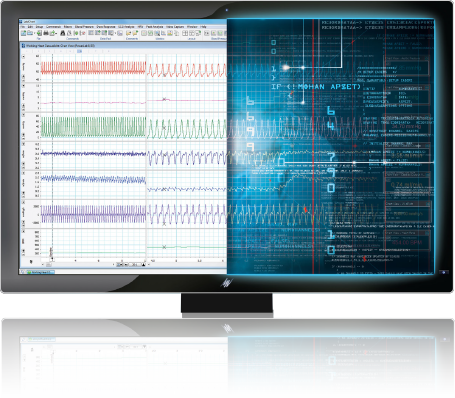



Initially, I thought I’d have to add some electronics to the path, but it turns out that the work can be done in software. Oddly the ground connection is NOT the base but rather the second ring up. They use a single 3.5mm connector that has 4 connections rather than the typical three you see used for stereo headphones for example. The obvious way to generate an AC signal for the microphone circuit to pick up would be the headphone output.Ĭonveniently, both the microphone and headphone connections are in the same place. However, if the frequency is kept low enough, the skin’s resistance to low frequencies should be about the same as DC. This is a problem because the microphone circuitry only inputs alternating current or AC since sound is essentially alternating vibrations. Normally skin resistance is measured with direct current or DC. The one available electrical input on a phone is for an external “hands-free” microphone. However, these would require considerable effort and would not likely be something easy to reproduce by amateur scientists. The traditional solution would be to build an external device and communicate with the phone using WIFI, Bluetooth, or maybe even sneak in through the USB port. Some interesting information about GSR can also be found on the iMotions website. Used in lie detectors (polygraph) and biofeedback devices, the measurement is actually quite simple but frequently associated with expensive equipment. Galvanic Skin Response GSR or Electrodermal Activity is the study of the change in human skin conductivity (resistance) under different psychological conditions.


 0 kommentar(er)
0 kommentar(er)
